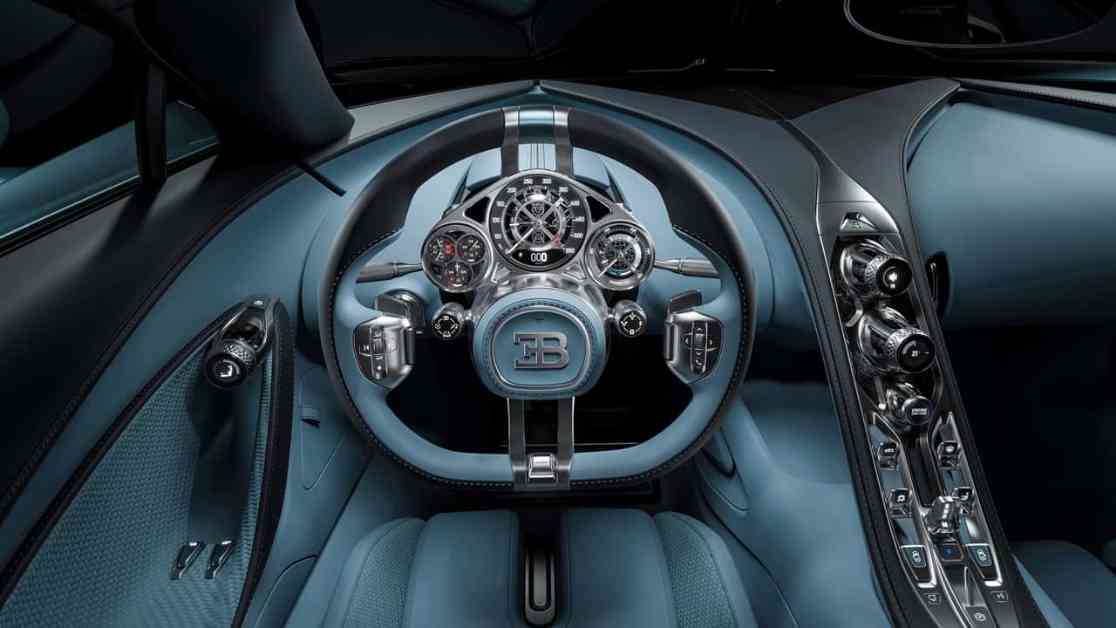The Bugatti Tourbillon is gaining attention for its impressive technical specifications and stunning design. It’s incredibly fast, extremely expensive, and produced in limited quantities. But here’s something intriguing that you may not have known – it shares an interior feature with an old Citroën model. The hypercar from Molsheim has a fixed steering wheel hub, reminiscent of a French car from 20 years ago. The 2004 C4 compact hatchback also had a similar design, where only the rim of the wheel moved while the center stayed stationary. This layout was meant to keep all the buttons in a consistent position, even when the driver was turning. Additionally, warning lights related to the headlights were placed on the upper part of the steering wheel hub.
Citroën implemented this unique concept in other models like the C4 Picasso and the larger C5, but eventually abandoned it. Now, two decades later, another French luxury automaker is revisiting this idea. Bugatti, in collaboration with Swiss watchmakers, has attached a titanium instrument cluster to the steering wheel hub. This setup ensures that the driver always has a clear view of the exquisite dials. The instrument cluster features a 10,000-rpm tachometer, a 550-km/h (342-mph) speedometer, and a small screen displaying speed and gear information from the eight-speed dual-clutch transmission.
While the fixed steering wheel hub is commonly associated with Citroën and now brought back into the spotlight by Bugatti, the concept actually originated with the 1972 Maserati Boomerang designed by Italdesign. Interestingly, the dials and switches in the Boomerang were sourced from a Citroën SM, as Maserati was owned by Citroën from 1968 to 1975. Another example of innovative steering wheel design is seen in Koenigsegg’s Jesko, which features a gyroscopic digital instrument cluster mounted on a non-fixed hub. This unique setup ensures that the gauge remains horizontal as the wheel turns, providing a sleek and functional display for the driver.
In the world of luxury cars, the connection between Bugatti’s Tourbillon and an old Citroën model highlights the evolution of interior design concepts across different automotive brands. From the practicality of a fixed steering wheel hub to the cutting-edge technology of a gyroscopic instrument cluster, these features not only enhance the driving experience but also showcase the creativity and innovation within the industry. As automakers continue to push boundaries and redefine standards, we can expect to see more fascinating connections and advancements in car design in the future.










